You might find it hard to believe, but last week, Ricoh launched a new point-and-shoot camera, the WG-80. You’re probably wondering why any company would do such a thing when there are powerful smartphones with excellent cameras. Still, while nowhere near as strong as it used to be, the point-and-shoot market is alive for many reasons. Let’s talk about that.
Late last week, Ricoh announced that the WG-80. This is a rugged, waterproof point-and-shoot camera with a 5x optical 5-25mm (28-140mm equivalent) zoom lens. This camera has been designed to take on the wild in ways that your smartphone cannot. Let’s take a closer look at it.
Ricoh WG-80
.mgl-tiles { display: none; } #mgl-gallery-634ec607695bb { margin: -5px; width: calc(100% + 10px); } #mgl-gallery-634ec607695bb .mgl-box { padding: 5px; } @media screen and (max-width: 768px) { #mgl-gallery-634ec607695bb { margin: -5px; width: calc(100% + 10px); } #mgl-gallery-634ec607695bb .mgl-box { padding: 5px; } } @media screen and (max-width: 460px) { #mgl-gallery-634ec607695bb { margin: -5px; width: calc(100% + 10px); } #mgl-gallery-634ec607695bb .mgl-box { padding: 5px; } }

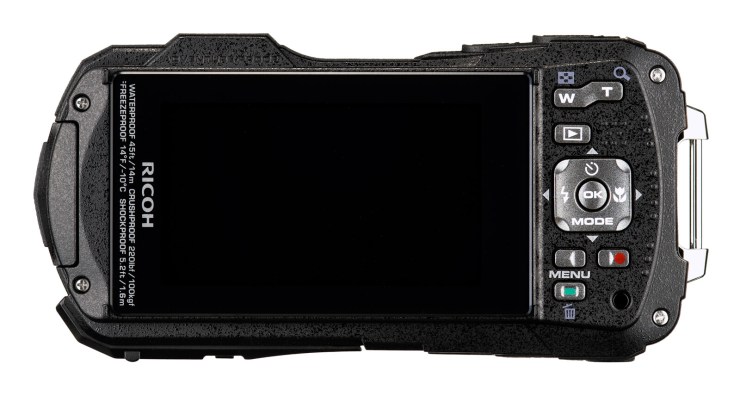
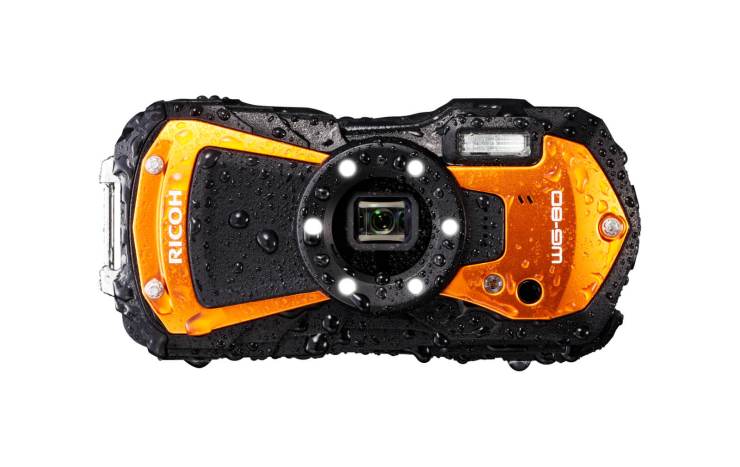
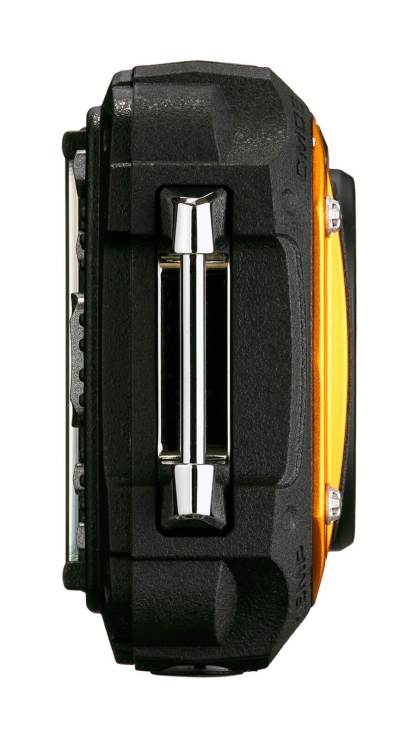
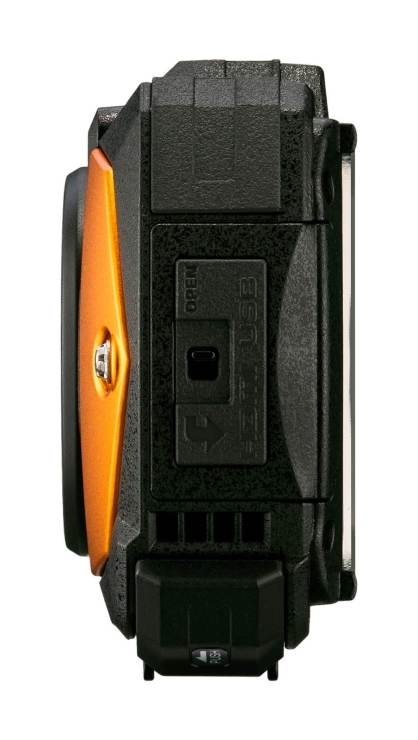
The $329.95 Ricoh WG-80, which will be released this June, features:
- Heavy-duty construction allows underwater shooting down to 46 feet for up to two hours
- Shockproof against falls from a height of five feet, crushproof up to 100 kg of force
- IPX 6 rated
- A backside-illuminated 1/2.3″ 16-megapixel sensor
- Six macro lights around the lens barrel
- 28-140mm equivalent optical zoom lens
- Digital shake reduction
- A 2.7-inch LCD
- Highspeed Face Detection (captures up to 32 faces in focus in approx 0.03 seconds)
The features mentioned above show that the Ricoh WG-80 can do things a smartphone can only dream about. Still, there’s no denying that smartphone photography has come a long way over the past decade. However, the argument for point-and-shoot cameras is strong, and it’s why point-and-shoot cameras are still relevant in 2022. There’s simply too much that smartphone cameras can’t do.
Why point-and-shoot cameras aren’t obsolete (yet)
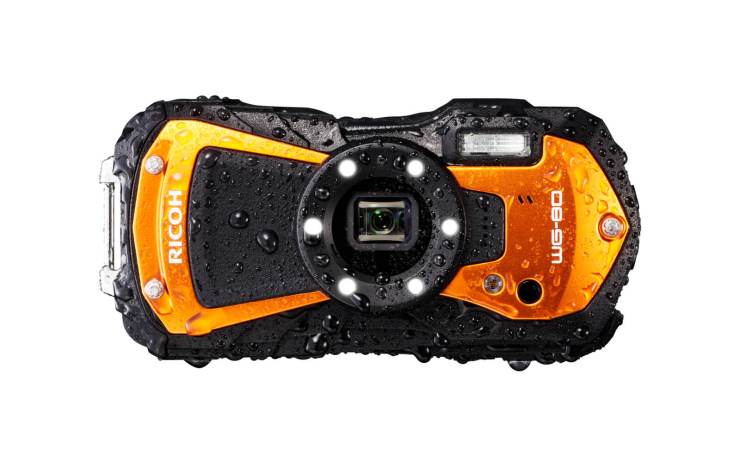
Don’t get me wrong; I think smartphone cameras are great. However, even with all of the technological progress made, and even with the magic of artificial intelligence, there’s still no smartphone camera that can offer what a good point-and-shoot-can. Well, at least not yet.
The simple fact that even the most entry-level point-and-shoot cameras offer optical zooms is enough reason to pick one up instead of relying on digital zooms in smartphones. Yes, optical zooms have made their way into smartphones now, but they’re severely limited in terms of the focal ranges they can cover and wow, will you pay for that tech!
Durability is another reason to pick up a point-and-shoot. Sure, smartphones are tough, and most feature waterproofing to some degree. Still, phones are incredibly fragile. I’d feel much better about taking a camera like the $329.95 Ricoh WG-80 to the beach than relying on my smartphone. The same can be said about hiking trips too. A single drop can destroy a $1,500 phone, whereas most point-and-shoot cameras — especially options like the Ricoh WG-80 and the $449.99 Olympus TG-6 — brush off falls, bumps and drops with ease.
Point-and-shoot cameras come in a variety of forms
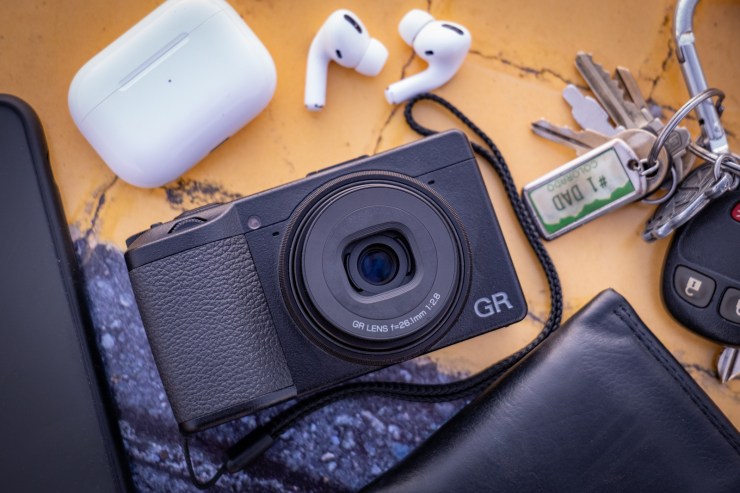
Don’t forget that point-and-shoot cameras come in various forms and with wildly varying price points. So, there’s something out there for everyone, from beginners to pros. In fact, without point-and-shoots, many would never leap into the traditional camera market. So, it’s easy to see why the point-and-shoot market — while not as robust as it used to be — still plays an important role.
If options like the Ricoh WG-80 don’t tickle your fancy, remember that there are other options. For example, the pocketable Ricoh GR III (read our review) and GR IIIx (read our review) feature APS-C sensors that put smartphone cameras to shame. The Fujifilm X100V is another advanced point-and-shoot option that no smartphone camera can keep up with. The autofocus capabilities of most point-and-shoot cameras also blow smartphone offerings out of the water; unless you’re willing to pay $1,600 and up for phones like the recently announced Sony X1 IV.
Variety is the spice of life
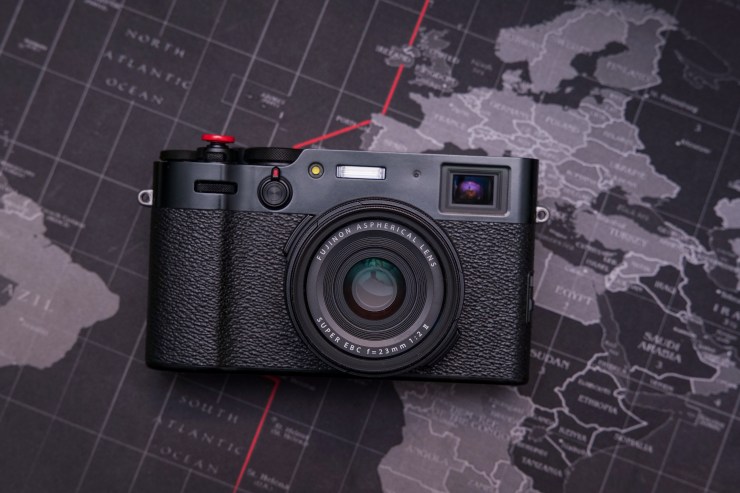
There are also many options from Canon, like the PowerShot G7 X III. Sony with the Cyber-shot DSC-RX100 VII, and Panasonic with their DCZS80. There are point-and-shoot cameras for everyone and every budget. I guarantee you that they will give you a much better photography experience than any smartphone camera can. So, if you’re on the fence about point-and-shoot cameras, don’t be.
Smartphones are jacks of all trades; however, they are masters of none, including photography. So if you’re ready to move on to something that can offer a better photography experience, don’t discount point-and-shoot cameras. There are many affordable options out there that will help you progress as a photographer.
I, for one, am excited to see companies like Ricoh keeping the point-and-shoot market alive. While I have no doubts that smartphone camera tech will eventually eclipse point-and-shoot camera technology, right now, smartphones aren’t there. Also, remember that having more camera options is never a bad thing. If point-and-shoot cameras offer someone a way to keep on creating, I’m all for it.
Tell your story with the second annual Visual Storytelling Conference!
Experience four days of interactive, online training sessions featuring a range of educational content with experienced photographers and content creators. This free event kicks off with a series of technical boot camps to build essential skills, followed by live, online sessions on photography, video, business and social media. Join live from March 10-13, 2022!
